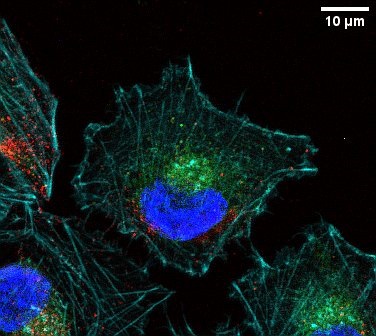Ancient Carbon Dioxide Burps Linked to Ocean Anoxia Events 300 Million Years Ago

A recent study conducted by researchers from the University of California, Davis, in collaboration with the Chinese Academy of Sciences and Texas A&M University, has unveiled alarming evidence from 300 million years ago when massive emissions of carbon dioxide, termed 'burps,' led to significant reductions in ocean oxygen levels. The findings, released on June 23, 2025, in the Proceedings of the National Academy of Sciences, highlight the potential implications of these ancient events for understanding current and future climate challenges.
The research utilized geochemical analyses of sediment cores from the Naqing succession in South China, revealing five distinct periods during which ocean oxygen concentrations decreased by 4% to 12%. These episodes coincided with notable spikes in atmospheric carbon dioxide levels, suggesting a direct correlation between the two. Senior author Isabel P. Montañez, a Distinguished Professor of Earth and Planetary Sciences at UC Davis, emphasized that the current rate of anthropogenic carbon dioxide emissions is accelerating at a pace two to three orders of magnitude faster than in the past.
Montañez stated, “This is our only analog for big changes in carbon dioxide at levels comparable to what we’re living in today,” indicating that understanding these ancient events is crucial for forecasting the impacts of contemporary climate change. The study utilized advanced climate modeling techniques to analyze the likely effects of these past carbon dioxide emissions on marine life, a significant concern given the ongoing rise in atmospheric CO2.
The research highlights that while the historical carbon dioxide spikes were largely attributed to natural geological processes, such as volcanic eruptions, today’s emissions are predominantly due to human activity. This distinction raises critical questions about the resilience of marine ecosystems under similar stressors in the present context. The researchers noted that while the reductions in ocean oxygen did not align with major extinction events, they did coincide with pauses in marine biodiversity, suggesting that the impacts on marine life were profound and likely concentrated in coastal regions.
The geological conditions of the Earth 300 million years ago were starkly different from today, with atmospheric oxygen levels significantly higher than current levels. Despite these differences, Montañez warned against complacency: “The message for us is, ‘Don’t be so sure that we can’t do this again with our current human-driven release of carbon dioxide.’” Such findings underscore the urgency for contemporary environmental policies aimed at mitigating carbon emissions and preserving marine biodiversity.
This research was supported by grants from the National Natural Science Foundation of China and the U.S. National Science Foundation, and it involved contributions from several academic institutions, including Yale University and the University of Waikato in New Zealand. The implications of these findings extend beyond academic inquiry, serving as a crucial reminder of the potential consequences of unchecked carbon emissions in the modern era. As climate change continues to pose a significant threat to global ecosystems, understanding the past may provide essential insights for navigating the future of climate resilience and marine conservation.
Advertisement
Tags
Advertisement





